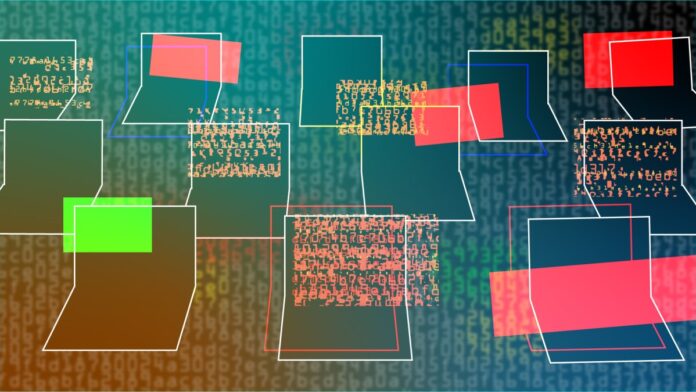The cybersecurity world is full of technical lingo and jargon. At TechCrunch, we have been writing about cybersecurity for years, and even we sometimes need a refresher on what exactly a specific word or expression means. That’s why we have created this glossary, which includes some of the most common — and not so common — words and expressions that we use in our articles, and explanations of how, and why, we use them.
This is a developing compendium, and we will update it regularly.
Advanced persistent threat (APT)
An advanced persistent threat (APT) is often categorized as a hacker, or group of hackers, which gains and maintains unauthorized access to a targeted system. The main aim of an APT intruder is to remain undetected for long periods of time, often to conduct espionage and surveillance, to steal data, or sabotage critical systems.
APTs are traditionally well-resourced hackers, including the funding to pay for their malicious campaigns, and access to hacking tools typically reserved by governments. As such, many of the long-running APT groups are associated with nation states, like China, Iran, North Korea, and Russia. In recent years, we’ve seen examples of non-nation state cybercriminal groups that are financially motivated (such as theft and money laundering) carrying out cyberattacks similar in terms of persistence and capabilities as some traditional government-backed APT groups.
(See: Hacker)
The ability to run commands or malicious code on an affected system, often because of a security vulnerability in the system’s software. Arbitrary code execution can be achieved either remotely or with physical access to an affected system (such as someone’s device). In the cases where arbitrary code execution can be achieved over the internet, security researchers typically call this remote code execution.
Often, code execution is used as a way to plant a back door for maintaining long-term and persistent access to that system, or for running malware that can be used to access deeper parts of the system or other devices on the same network.
(See also: Remote code execution)
Botnets are networks of hijacked internet-connected devices, such as webcams and home routers, that have been compromised by malware (or sometimes weak or default passwords) for the purposes of being used in cyberattacks. Botnets can be made up of hundreds or thousands of devices and are typically controlled by a command-and-control server that sends out commands to ensnared devices. Botnets can be used for a range of malicious reasons, like using the distributed network of devices to mask and shield the internet traffic of cybercriminals, deliver malware, or harness their collective bandwidth to maliciously crash websites and online services with huge amounts of junk internet traffic.
(See also: Command-and-control server; Distributed denial-of-service)
A bug is essentially the cause of a software glitch, such as an error or a problem that causes the software to crash or behave in an unexpected way. In some cases, a bug can also be a security vulnerability.
The term “bug” originated in 1947, at a time when early computers were the size of rooms and made up of heavy mechanical and moving equipment. The first known incident of a bug found in a computer was when a moth disrupted the electronics of one of these room-sized computers.
(See also: Vulnerability)
Command-and-control servers (also known as C2 servers) are used by cybercriminals to remotely manage and control their fleets of compromised devices and launch cyberattacks, such as delivering malware over the internet and launching distributed denial-of-service attacks.
(See also: Botnet; Distributed denial-of-service)






